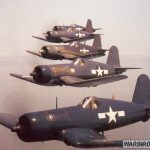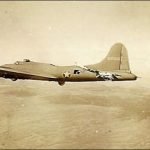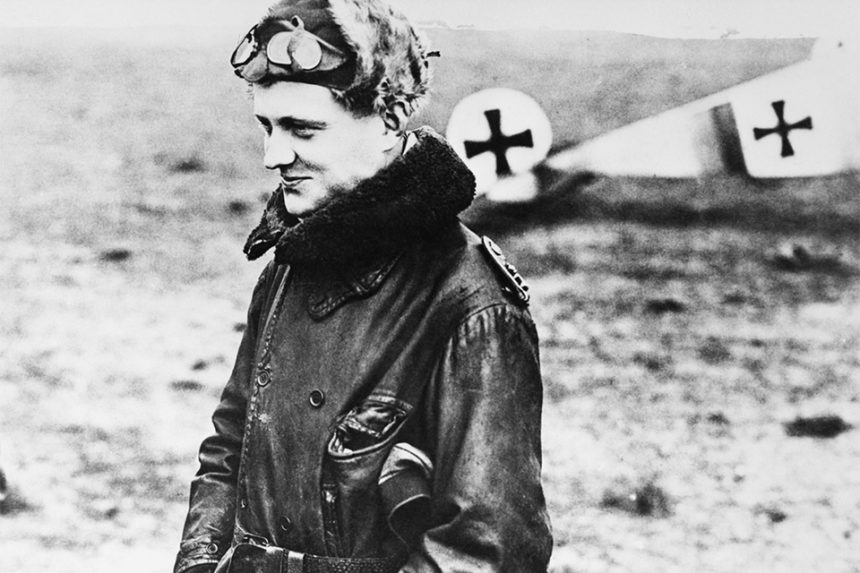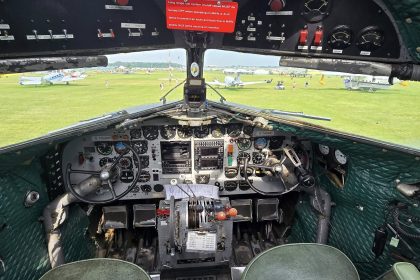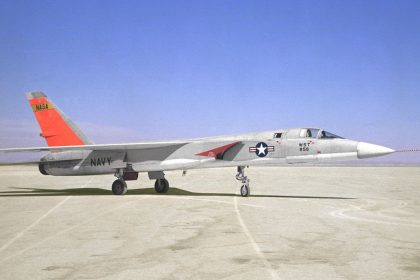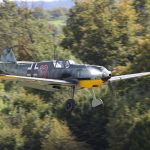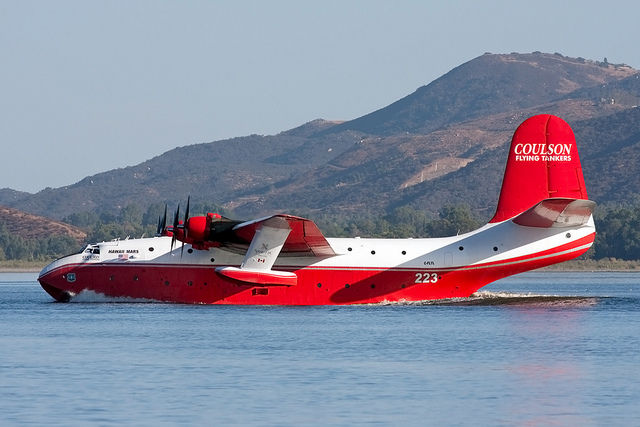
On this day in aviation history, we mark the 107th anniversary of Manfred von Richthofen’s final aerial victories. On April 20, 1918, the famed German ace, known around the world as the Red Baron, claimed his 79th and 80th kills in combat (2nd Lt. DG Lewis survived the encounter). Just one day later, on April 21, Richthofen was shot down and killed, bringing an end to the legendary career of one of World War I’s most feared and celebrated fighter pilots. Richthofen earned the title of “Ace of Aces” for his extraordinary skill in aerial combat, becoming a symbol of both fear and respect in the skies over war-torn Europe during the 1910s.

Born on May 2, 1892, in Kleinburg (now part of modern-day Poland), Manfred von Richthofen came from a prominent Prussian aristocratic family and enjoyed a privileged upbringing. He began military school at the age of 11, where he began shaping the disciplined foundation that would serve him throughout his military career. After graduating from cadet training, he joined a Uhlan cavalry unit and initially served as a reconnaissance officer when the First World War broke out. However, with cavalry becoming increasingly obsolete on the modern battlefield, his unit was soon disbanded.

A pivotal moment in Richthofen’s life came in October 1915, when he met legendary German ace Oswald Boelcke, a key figure in the development of fighter aviation tactics. Inspired by Boelcke, Richthofen began pilot training and joined Kampfgeschwader 2 (“No. 2 Fighter Squadron”) in March 1916, where he flew the Albatros C.III.
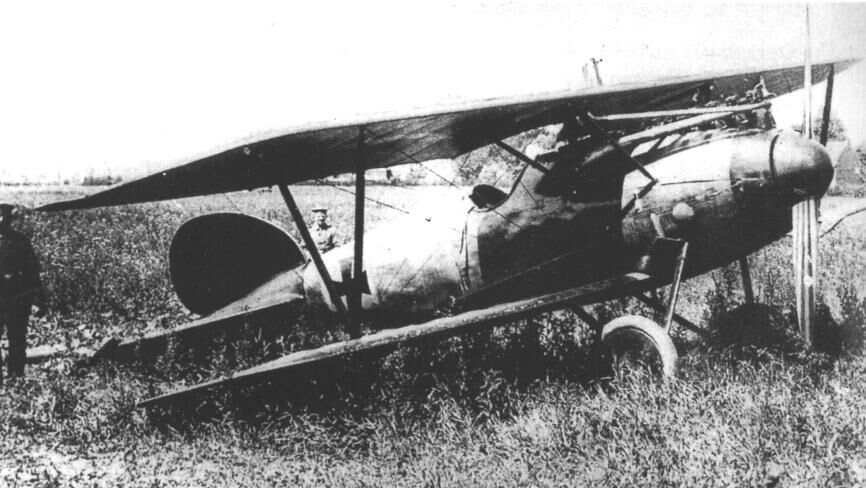
His early days as a pilot were rocky—his control inputs were clumsy, and his flying lacked finesse. But perseverance paid off. On September 17, 1916, Richthofen claimed his first aerial victory, downing 2nd Lt. Lionel Morris and observer Tom Rees over Cambrai, France. It was a significant milestone, setting the stage for what would become one of the most impressive combat records in aviation history. Richthofen would go on to become widely recognized as the “Red Baron”—a nickname inspired by both his aristocratic title of “Freiherr” (Baron) and the distinctive all-red paint scheme of his Fokker Dr.I triplane. The striking appearance of his aircraft, paired with his lethal reputation, made him a feared and legendary figure in the skies.
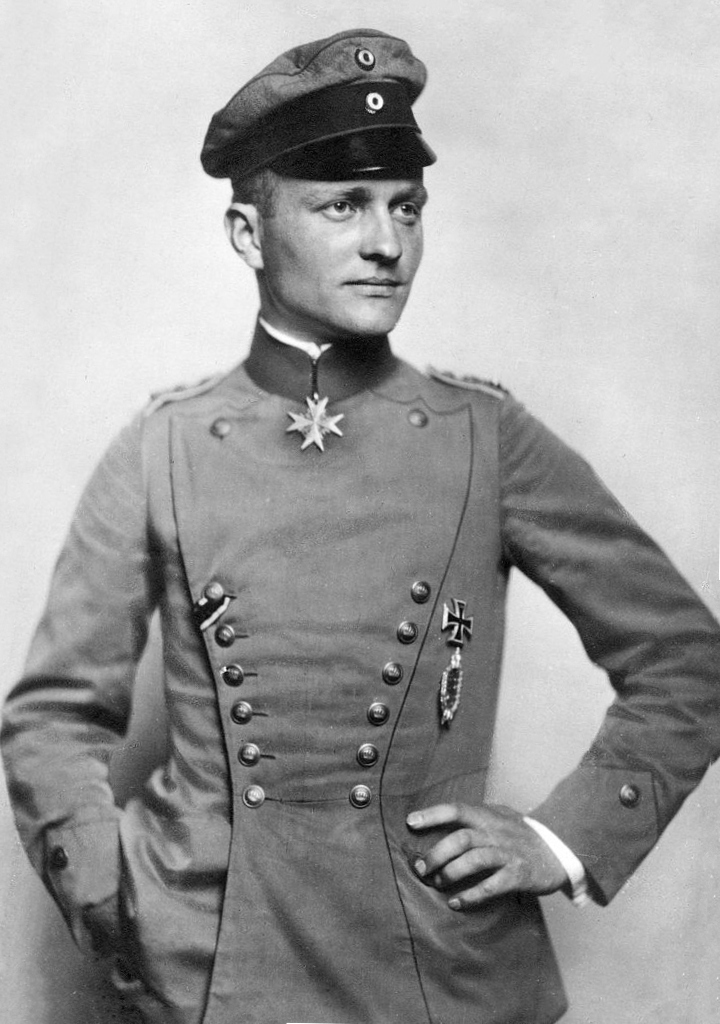
His final victories on April 20, 1918, serve as a lasting testament to his unmatched skill and legacy in aerial warfare. Though his life was cut short at just 25 years old, the Red Baron’s name remains etched in aviation history as one of the greatest fighter pilots of all time.





